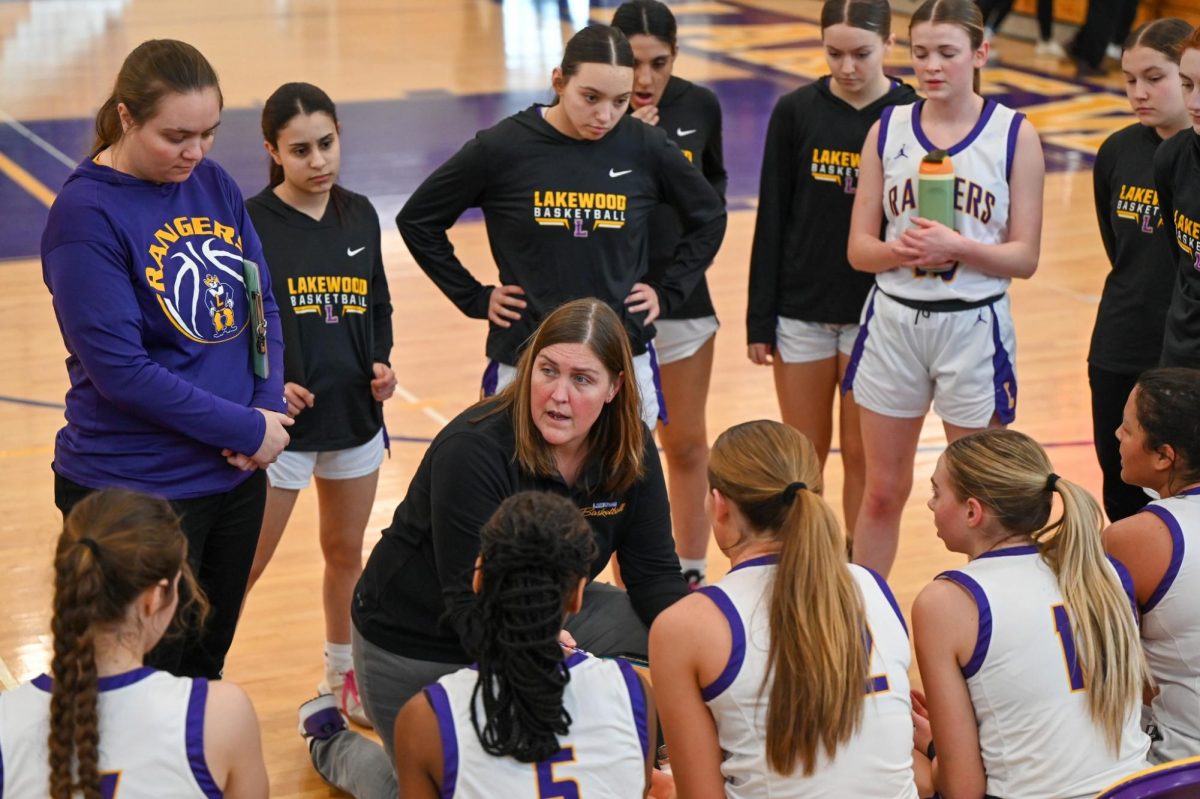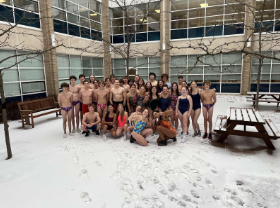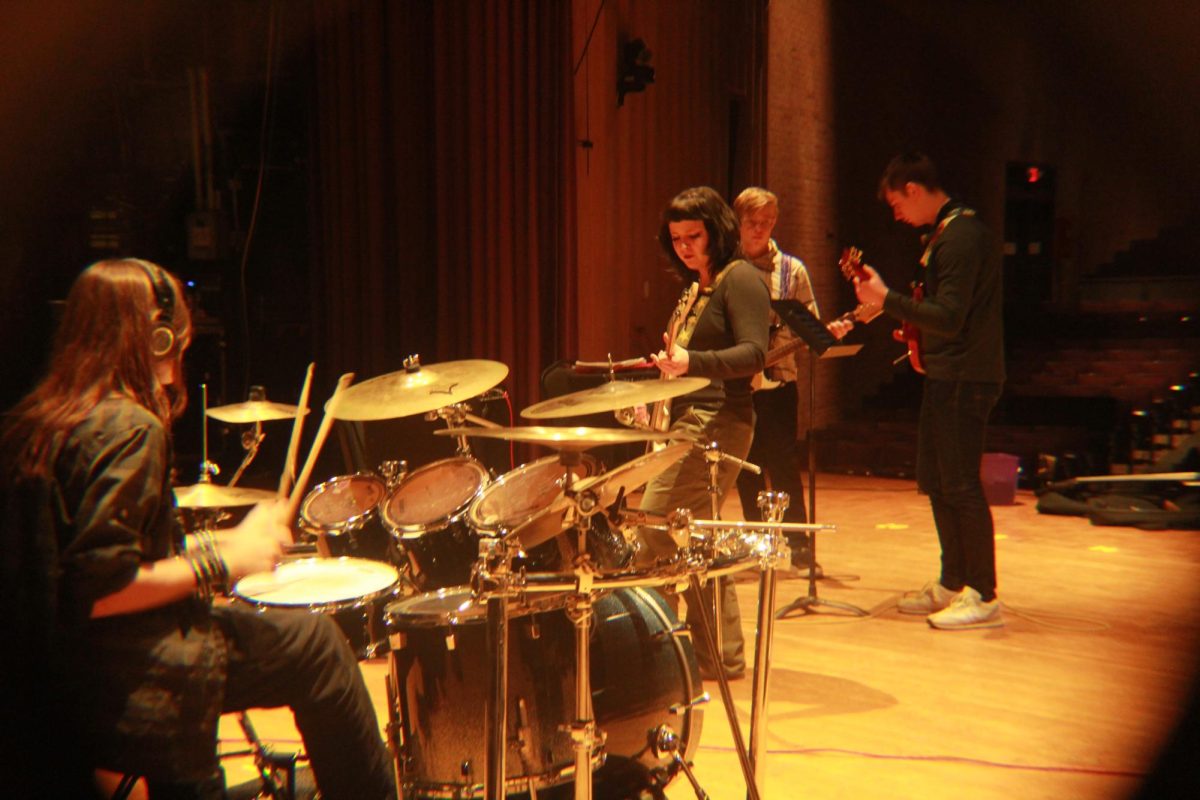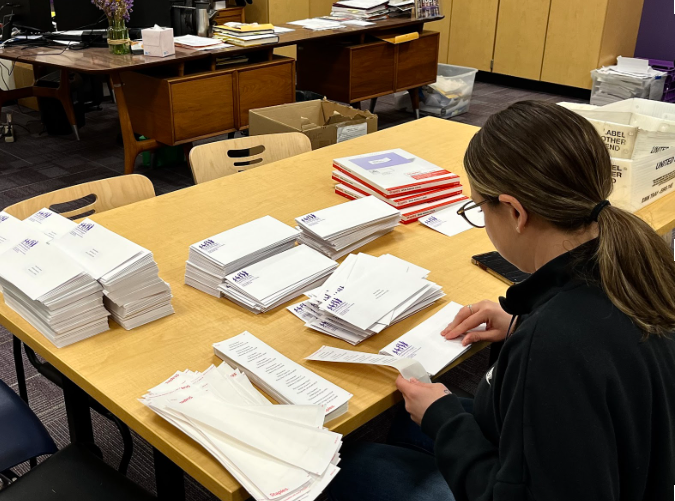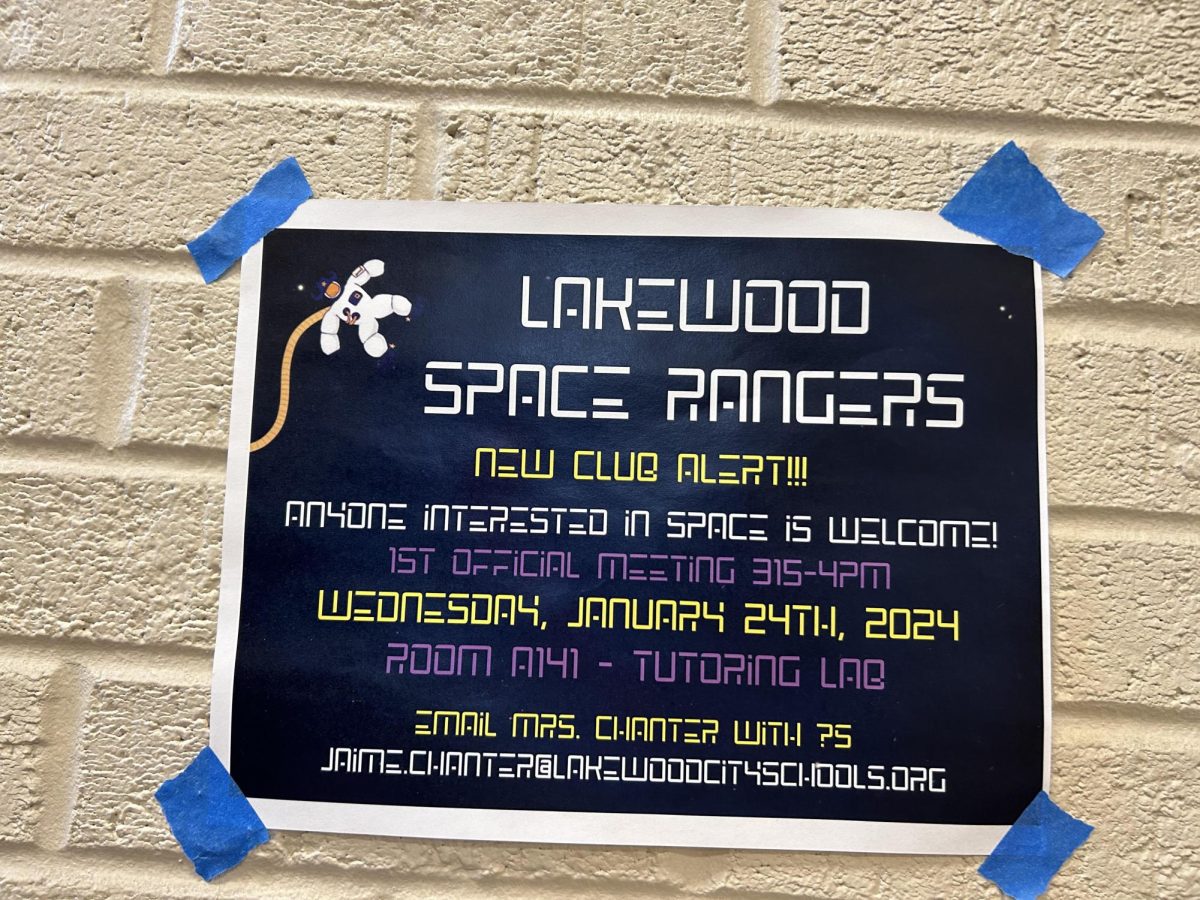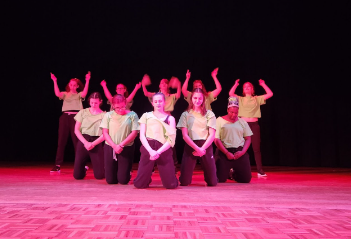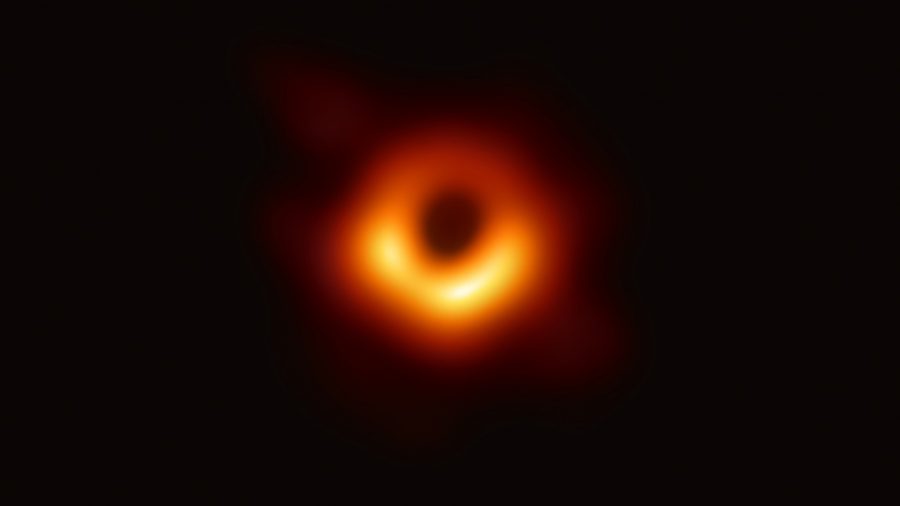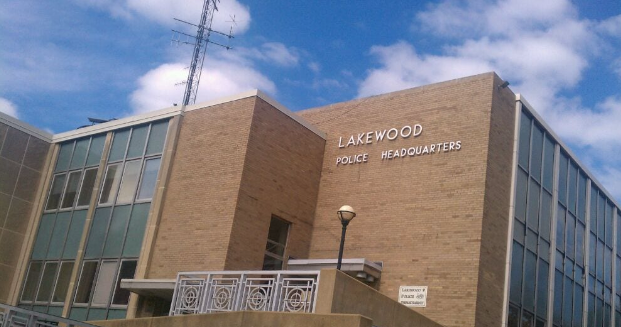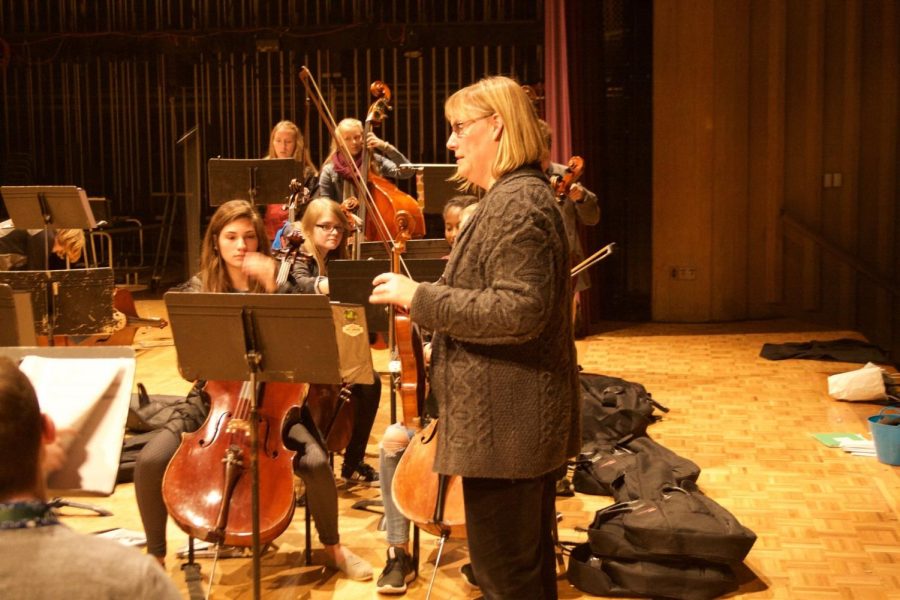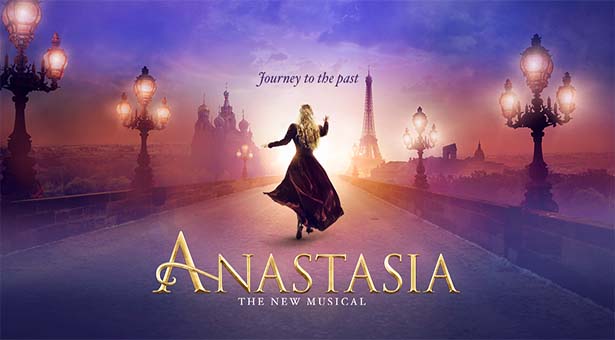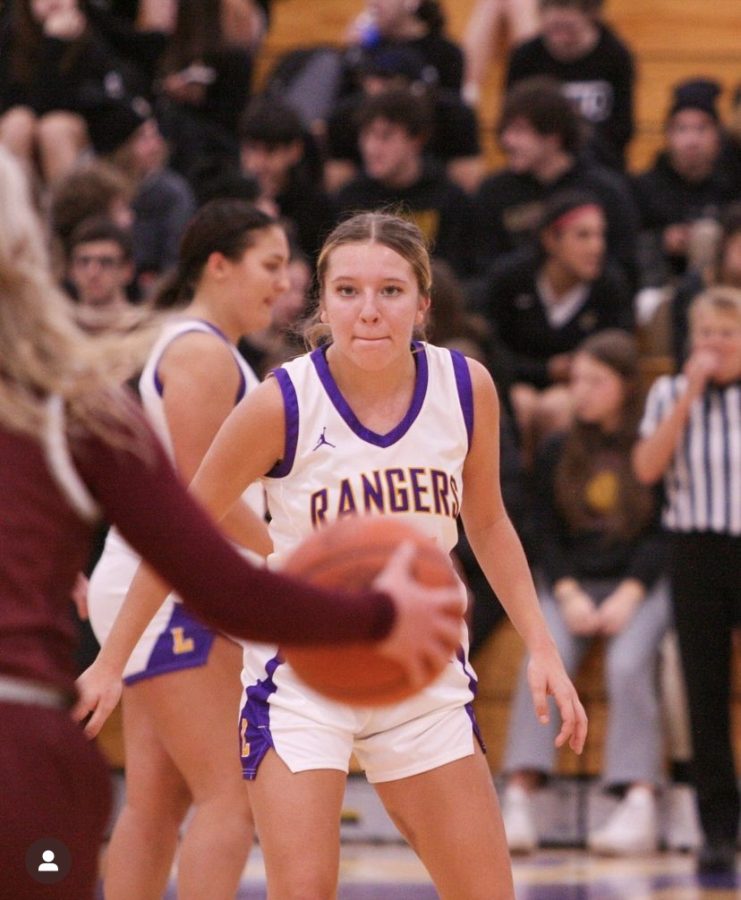The first-ever image of a black hole was taken this past week. The black hole was located in the middle of the galaxy M87, which is around 55 million light years away. The image was taken with an algorithm discovered by MIT student Katie Bouman.
The image took eight different telescopes that combined together to take the picture of the black hole. The Event Horizon Telescope (EHT) a planet-scale array of eight ground-based radio telescopes forged through international collaboration, was designed to capture images of a black hole.
“We have seen what we thought was unseeable. We have seen and taken a picture of a black hole,” Sheperd Doeleman, EHT Director and astrophysicist at the Harvard-Smithsonian Center for Astrophysics
The size of the black hole is 6.5 billion times bigger than the sun. Black holes are suspected stars that have exploded or collapsed. Black holes are huge regions of space that have such a strong gravitational pull, that nothing can escape from it, not even light.
This is an important discovery for scientists everywhere. This opens up a whole new world of studies and research around black holes. Although the image is pretty blurry, it is a great start. Senior Ryan O’Toole said, “The picture of the black hole is not what I expected a black hole to look like.”
Senior Dean Danckaert said, “I feel that the picture of the black hole is a huge deal, as the amount of time and effort that scientists around the world put in to capture that image is crazy. It’s actually really cool to read about.”











